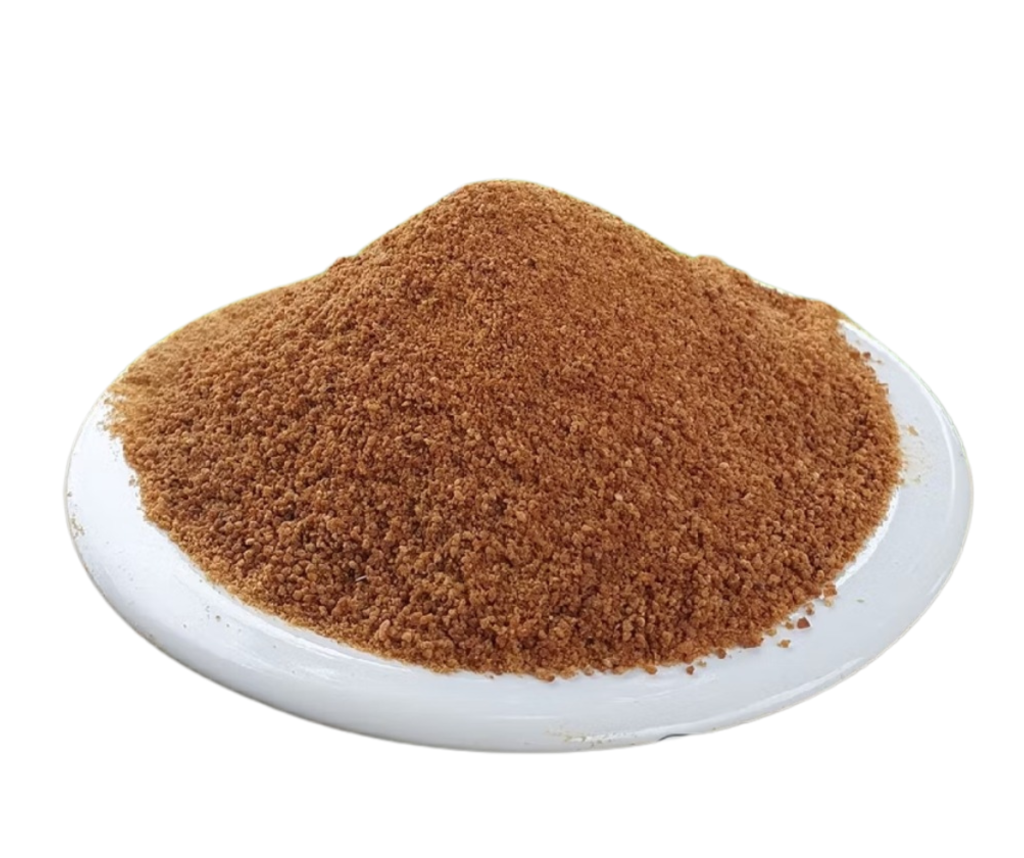Indonesian palm sugar continues to demonstrate outstanding performance in international exports. According to recent data, Indonesia's palm sugar exports reached USD 58.01 million during January-October 2024, showing a 9.79% growth compared to the same period last year. Export volume also increased by 3.38% to 31,410 tons, proving the product's strengthening position in the global market. This growth has been driven by continuously increasing demand from various countries, particularly in Europe and North America.
Several key destination countries have shown significant demand growth. Germany recorded an import increase of USD 1.28 million, followed by the Netherlands with USD 1.22 million. The UK also showed positive growth with an increase of USD 892,120, while the Dominican Republic and Canada recorded increases of USD 841,570 and USD 500,250 respectively. The European market still dominates with more than 60% of total exports, while North America and the Caribbean show encouraging growth.
This export growth is supported by several key factors. First, the increasing global demand for healthy sweeteners with low glycemic index (35.56) makes palm sugar a healthier alternative to regular sugar. Second, improved product quality as local producers increasingly pay attention to international standards. Third, product diversification now available in various forms such as block sugar, granulated sugar, and palm syrup, providing more choices for international consumers.
Indonesia has a strong production base to meet this global demand. The total area of palm sugar plantations reaches 37,434 hectares with national production of 106,486 tons in 2023. Productivity varies between 1.5-5.8 tons per hectare depending on location and cultivation methods. Java Island remains the main producer with a 71% contribution to national production, followed by Sumatra (16%) and Sulawesi (9%), showing great potential for further development.
With the continuously increasing global demand trend, Indonesian palm sugar offers various promising business opportunities. The product is now available in various forms such as blocks, crystals, and liquid. More and more producers have obtained international certifications such as organic and halal, strengthening global competitiveness. With an average annual growth rate of 10%, the value of Indonesian palm sugar exports is predicted to reach USD 65 million by 2025.
